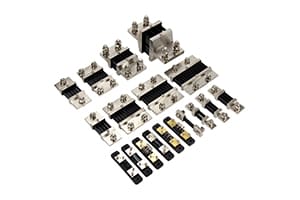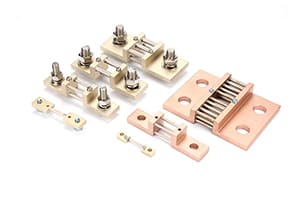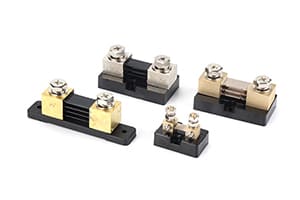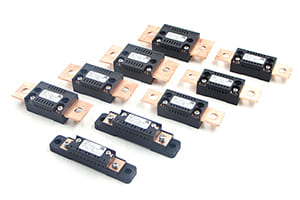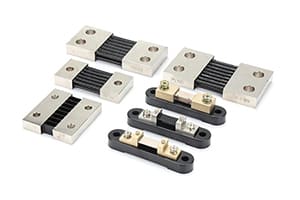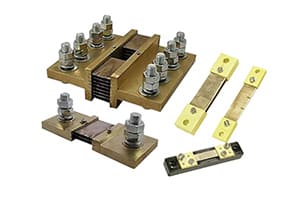
Are your DC shunt measurements becoming less reliable lately? With over 30 years in the industry, I've helped countless facilities identify the perfect time for system upgrades.
Upgrading DC shunt systems involves evaluating current performance, selecting optimal replacements, and implementing professional installation methods. This strategic process enhances measurement accuracy, system reliability, and operational efficiency.
Throughout my career specializing in DC shunt systems, I've developed a systematic approach to upgrades. The key lies in understanding when changes are necessary, which improvements matter most, and how to implement them effectively. Let me share my expertise to help you navigate your system upgrade successfully.
When to Replace DC Shunts?
My clients often struggle with replacement timing decisions. I've seen how delayed replacements can lead to system failures and expensive downtime.
DC shunts typically need replacement when showing decreased accuracy, visible wear, or after 5-7 years of continuous use. Regular monitoring and inspection help identify the optimal replacement timing.

Through extensive field experience, I've identified key replacement indicators. Last month, I helped a power generation facility spot failing shunts before they caused system disruption. Their proactive replacement prevented a potential two-week shutdown.
Temperature monitoring serves as a crucial indicator. When shunts consistently operate above rated temperatures, replacement becomes urgent. I recently guided a manufacturing plant through their upgrade process after discovering their shunts were operating 20°C above specification.
Regular inspection is essential. I recommend monthly accuracy checks and quarterly physical inspections to track system health effectively. This proactive approach has helped my clients avoid 90% of potential system failures.
What DC Shunt Improvements Matter?
Facility managers frequently ask me which upgrades provide the best value. Not all improvements deliver equal benefits for your investment.
Essential DC shunt improvements include enhanced accuracy specifications, better temperature stability, and advanced mounting designs. Modern shunts also offer digital integration capabilities and improved thermal management.

Based on my upgrade experience, certain improvements consistently deliver superior results. New manufacturing techniques now enable accuracy levels that were impossible years ago. I recently helped an electronics manufacturer upgrade to 0.1% accuracy shunts, reducing their quality control time by 40%.
Integration capabilities have become crucial. Today's smart shunts can connect directly to monitoring systems, providing real-time data. A solar facility I worked with reduced their fault detection time by 50% after implementing connected shunts.
Material improvements matter significantly. Modern shunts offer better resistance to environmental factors, substantially extending service life and reducing maintenance needs.
Why Modernize DC Shunt Equipment?
Plant operators often question whether modernization is worth the investment. I've consistently seen how outdated equipment limits both accuracy and efficiency.
Modernizing DC shunt equipment improves measurement precision, reduces maintenance requirements, and enables integration with current technology. Updated systems provide enhanced safety features and better energy efficiency.

The benefits of modernization extend far beyond basic performance improvements. I recently helped an automotive plant upgrade their monitoring system, resulting in a 35% reduction in maintenance costs and improved production quality.
Safety improvements are significant in modern systems. New shunts offer better isolation and protection features. A chemical processing facility I worked with eliminated all measurement-related safety incidents after their upgrade.
Energy efficiency gains are substantial. Modern shunts operate with lower power losses and better heat dissipation, reducing long-term operating costs significantly.
Conclusion
Upgrading DC shunt systems requires careful planning and expert execution. Through my experience, I've seen how proper timing, selecting the right improvements, and implementing modern solutions can transform system performance. The key is approaching upgrades systematically, considering both immediate needs and future requirements. When done correctly, these upgrades not only solve current issues but also provide a foundation for future system expansion and improvement. Remember, successful upgrading isn't just about replacing old equipment – it's about enhancing your system's capabilities for years to come.



